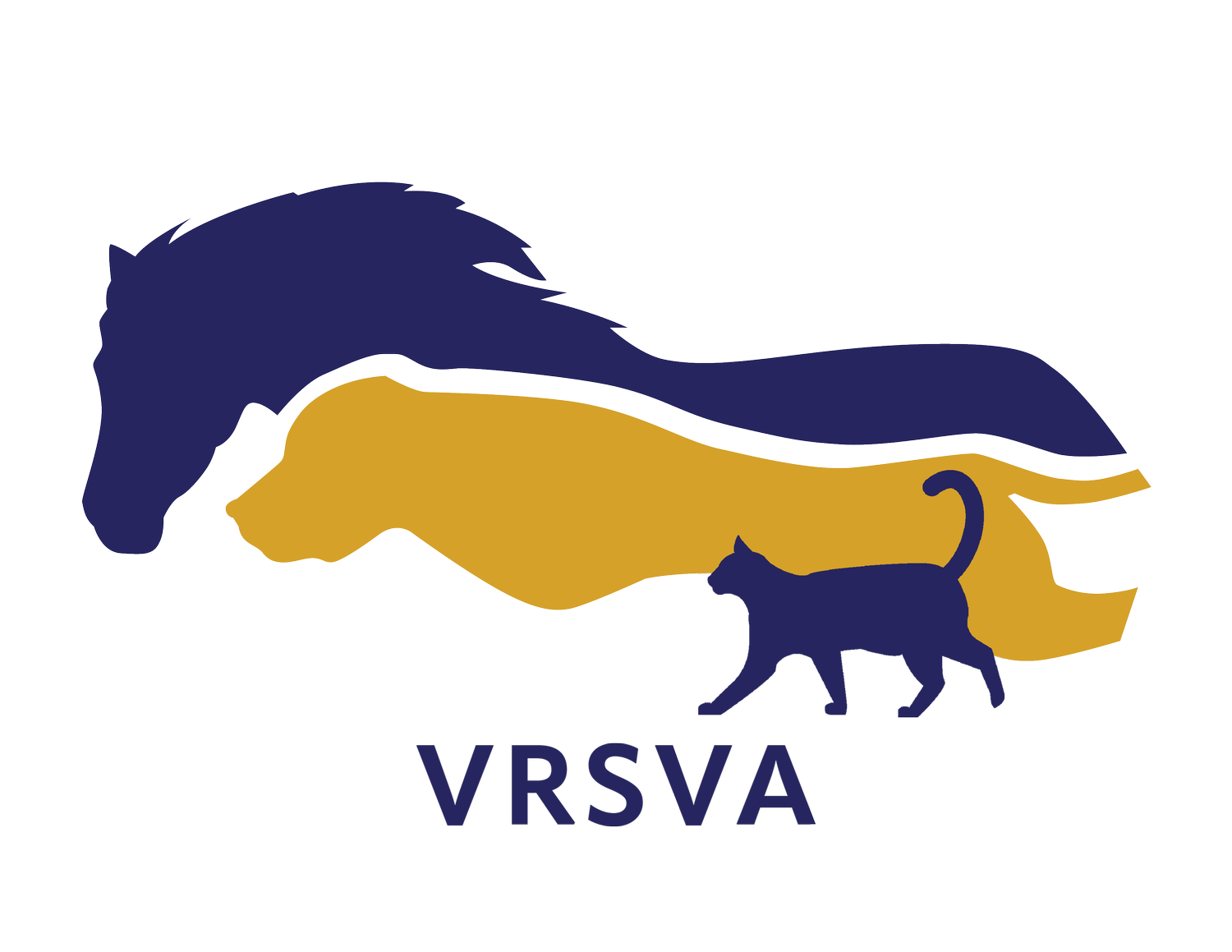Rehab During Each Phase of Tissue Healing: Phase 2
*Warning: Article contains graphic images of healing wounds.
The second stage of healing is the Inflammatory Phase. Once bleeding has stopped, vessels dilate or open back up and there is an influx of inflammatory cells. Some of these cells help to remove necrotic (dead) tissue and debris to prepare the injured site for new growth. Other cells work to destroy bacteria and fight off infection. The inflammatory cells secrete growth factors and proteins which help to initiate new cell formation and the growth of new blood vessels. They also recruit additional inflammatory cells. This stage lasts approximately one week.
How can we help during the inflammatory phase?
From a rehabilitation standpoint, it is during this stage that efforts are made to decrease excessive swelling and inflammation, to control pain, and to prevent infection.
Cold therapy, such as the Game Ready system or traditional ice therapy, is a useful tool to decrease swelling and excessive inflammation and to provide pain relief.
Bandaging may be necessary to control swelling, provide support to the injury or potentially to keep a wound clean and protected.
Anti-inflammatories and pain medications are often prescribed during this time to decrease swelling and pain.
Antibiotics may be administered to prevent infection.
Class IV laser therapy is helpful during this phase to increase blood flow, speed cellular metabolism to increase tissue oxygenation and flush out waste products, and to provide pain relief.
PEMF (pulsed electromagnetic field therapy) may be used to decrease swelling and improve pain.
TENS (transcutaneous electrice nerve stimulation) may be used for pain relief.
Acupuncture can be useful to improve swelling and help with pain control.
Gentle massage can improve circulation and lymphatic drainage and decrease swelling.
Exercise restriction is often necessary. Some injuries may require complete stall rest at this time and some may begin extremely controlled loading of the injury. In all cases, effort should be made to keep the animal quiet and calm and to help them adjust to their new routine.
After the first week, we begin to enter Phase Three of healing - The Proliferation Phase.




